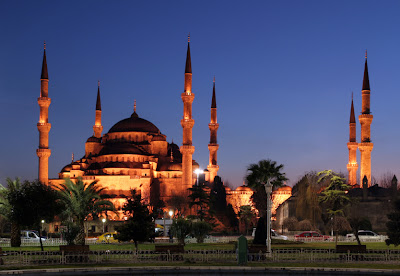Travelers often stay in hotels because that’s all they know,
but a private villa is far more exclusive and fun than a hotel—for
approximately the same price. Whether you’re looking for a romantic getaway or
a great place to invite your new friends, a villa is the perfect setting.
Private villas are vacation homes that cater to the
traveler. Your desires will dictate where you rent your villa, as amenities and
locations vary. Do your research before renting a villa so that your choice
will give you all the extras you expect.
Here are just a few advantages of a private villa:
- All the comforts of home. Villas are nicely appointed, with gourmet kitchens, spacious dining rooms, inviting living rooms, and opulent bedrooms and baths. If desired, you can rent exercise or office equipment. You’ll feel right at home among the luxury.
- Romantic outdoor touches. Breezy gazebos, lush grounds, fragrant gardens, and refreshing swimming pools add to the elegant romance of a private villa.
- Space. Even the most luxurious suite can’t compare to the sheer indulgence of a villa.
- Privacy and freedom. Cook and eat anything at any time, or have your meals delivered. Do as you please when you please. Be quiet, or be loud—it’s up to you. You won’t have the intrusion of hotel staff or other guests. It’s just you and your party.
- Personal staff to look after every need. Chefs, butlers, drivers, and maids cater to every whim. If you’re looking for spa treatments or massages, professionals come to you, and trainers and exercise instructors are available upon request. Certified babysitters or nannies take care of the younger ones while you play or relax.
- Extra services. Villa managers and staff can arrange entertainment and activities for their guests. Be sure to ask about local tours and events as well as any unusual excursions or off-the-beaten-path areas you’d like to explore. Villa managers are happy to recommend restaurants, shopping, and charters.
Private villas are an excellent choice for those looking for
a fuller, richer vacation experience, or those seeking a private, relaxing
trip. A villa is the ideal combination of the comforts of home and the luxury
of the finest five-star hotel. Renting a private villa is the first step to
creating a customized vacation that truly nourishes your heart and soul.
All images courtesy of Villas of Distinction


























